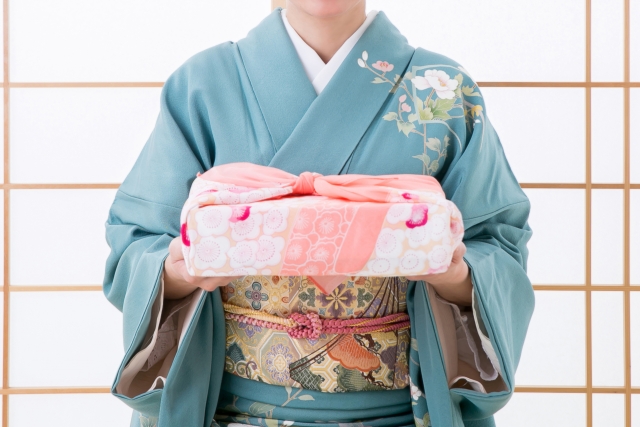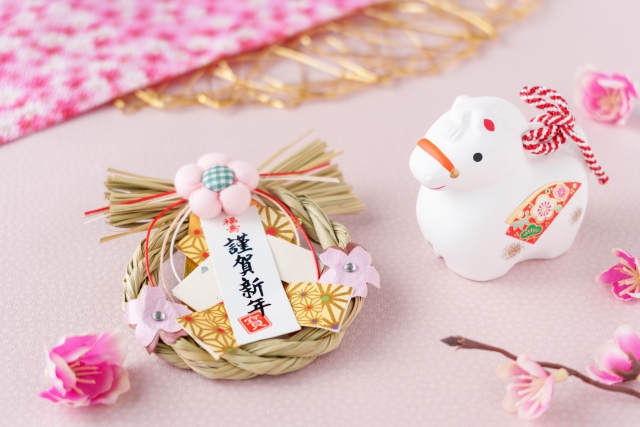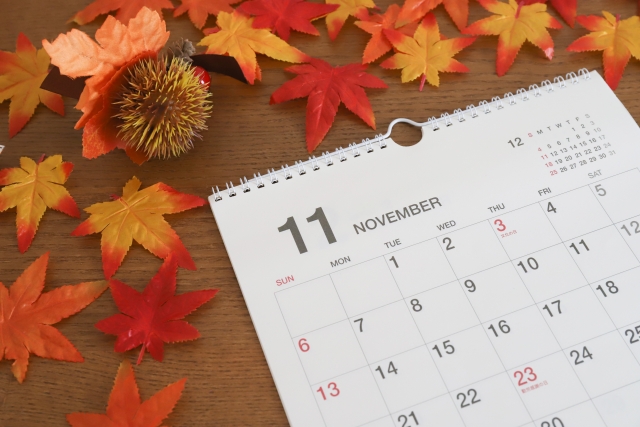BLOG|Off Base Housing Yokosuka | IINO REAL ESTATE is for rental housing in Yokosuka Japan...Civilian, Military house agency
BASE BRANCH
046-820-6366
INFORMATION CENTER
046-876-6951

- Year End GiftsThe popular "COASKA Bayside Stores" shopping mall is located close to Yokosuka Navy Base/CFAY -- (se...

- New Year's DecorationsDuring November, as the weather slowly gets colder, many Japanese will start looking ahead towards t...

- Yokosuka in NovemberThe uncomfortable hot and humid summer-like weather lasted for a long time this year in the Yokosuka...

- HalloweenHalloween, celebrated on October 31st, has an interesting history. Its roots go back over 2000 year...

- Japanese proverbsMoving into a new home is, in many ways, a challenging process — and sometimes downright stressful. ...

- Cup of coffeeAs an Asian nation, Japan has a long history and culture of drinking tea. Green tea, in particular,...

- Yokosuka Fireworks has been canceledBlog post we wrote about the fireworks updated on Sep 23rd. Unfortunately the Yokosuka fireworks ...

- Curry Rice FestivalAs you may know, Yokosuka is a city which grew up around a very large Japanese Imperial Navy Base, a...

- Yokosuka FireworksIn 2003, Yokosuka City decided to organize and carry out a large summer public festival event which ...

- End of SummerJapan has a traditional calendar, originally developed in China, which measures the passage of time ...

- Bon OdoriA summer vacation and festive period, which is celebrated all around Japan during mid-August is call...


 RENT
RENT MEMBER
MEMBER ABOUT US
ABOUT US CONTACT
CONTACT JAPANESE
JAPANESE
